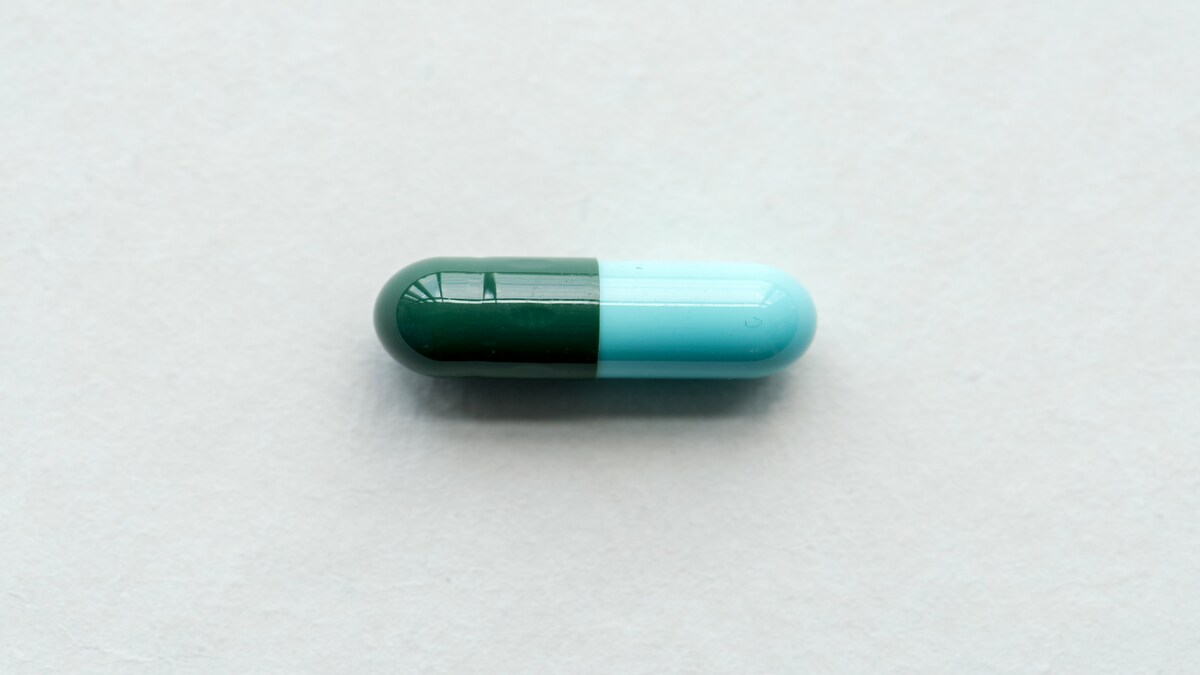Beginning January 1, 2025, significant changes take place for Medicare recipients in their spending on prescription drugs. As a result of the Inflation Reduction Act, a new annual limit of out-of-pocket spending of $2,000 will have an impact on millions of Medicare Part D enrollees. This policy aims to ease the cost burden of many seniors who require expensive drugs.
Who benefits from the new $2,000 drug limit?
This new limitation applies to people with Medicare Part D or anyone with prescription drug plans that they get through a Medicare Advantage plan offered by private health insurance companies. According to KFF, health policy organization, over 50 million older Americans fall into these broad categories.
Previously, there was no limit to the amount of money that could be spent from pocket in the annual buying of prescriptions. At the same time, many vulnerable beneficiaries, particularly those who need several drugs or have high-cost drugs, are suffering from heavy financial burdens because of the came out with a value of $2,000 to palliate the pain and help those citizens dependent entirely on their prescription drugs.
Read more: Social Security Update: In 29 days the SSI direct payment will be out for the month of February
On the other hand, this cap will apply only to drugs that a beneficiary may be covered by a specific Part D plan. If a drug prescribed is not on the formulary, that so-called list of covered drugs, then that $2,000 cap does not apply and costs may be passed on to the beneficiary. For those drugs without alternatives available, he or she can request an exception and that exception could be granted if it is deemed medically necessary based on some other considerations.
Medicare beneficiaries need to review their Part D plan on an annual basis during the open enrollment period, which typically runs from mid-October to early December, to make sure they have an appropriate match to their prescription needs.
What costs are included under the new limit?
The $2,000 out-of-pocket limit encompasses various expenses related to prescription drugs within the scope of a beneficiary’s Part D plan. This includes:
- Deductibles
- Copayments
- Coinsurance
Once a beneficiary passes the $2,000 threshold, he will not be subject to co-payments or coinsurance for the rest of the year.
However, there are costs and medications excluded from this annual limit, such as:
Drugs administered in a healthcare provider’s office or otherwise covered under Medicare Part B (such as injectable treatments) are not included;
Part D premiums are also excluded from the $2,000 limit.
In this way, the new policy assures solid financial coverage, but beneficiaries must realize these exceptions so as not to be surprised by unanticipated expenses.
Automatic enrollment and key takeaways
They do not need any requirements or obligations beyond that to meet the new limit of $2,000. As a result, all Medicare Part D plans will automatically adopt this limit beginning on January 1, 2025. After beneficiary out-of-pocket spending reaches the threshold, the cap activates to cover drug costs beyond that point for the balance of the year that occur from that point.
To know more about Medicare’s prescription drug limit of $2,000, beneficiaries may check with the official resources of Medicare or their plan administrators to find out how these changes will specifically affect them.
This new out-of-pocket threshold is a very important step toward making prescription drug costs more affordable for millions of Americans, thereby relieving some of the financial pressure and allowing for easier access to the medications they can ill-afford.

